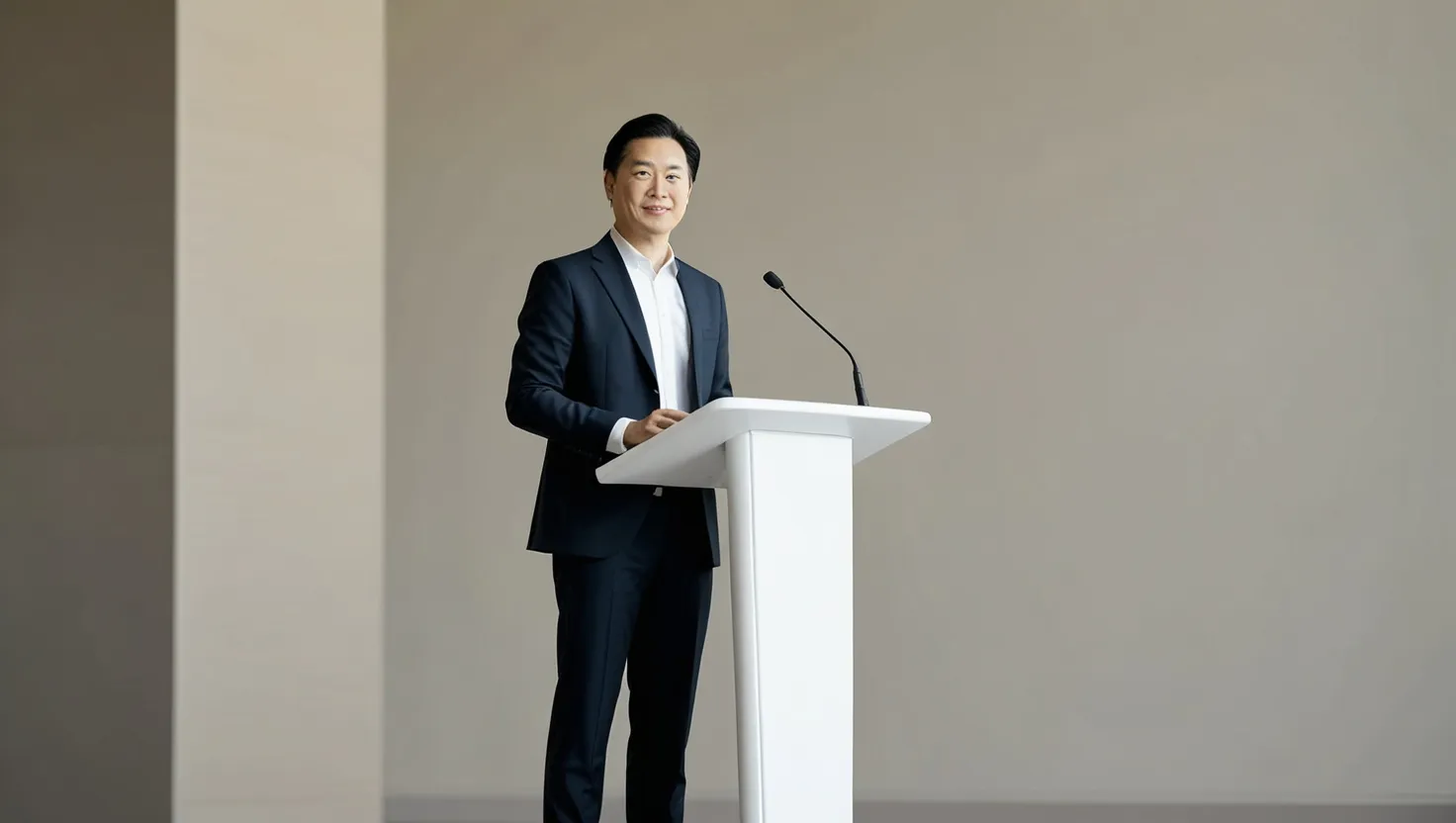Building Trust: The Secret Weapon of Successful CEOs
Ever wondered what sets apart the truly exceptional CEOs from the rest? It's not just about their business acumen or strategic thinking. The real game-changer is their ability to build trust. When leaders foster an environment of trust, magic happens. Teams feel empowered to speak up, take risks, and work towards shared goals with passion and dedication.
Let's dive into how some of the top CEOs have transformed their leadership by putting trust front and center.
Creating a Safe Space
Think about it - would you share your wildest ideas if you felt like you'd be shot down or ridiculed? Probably not. That's why smart CEOs focus on creating a safe, open environment where everyone feels comfortable expressing themselves.
Take Satya Nadella, the big boss at Microsoft. He's turned the company into a hotbed of innovation and collaboration. How? By encouraging teams to explore new ideas through collaborative learning. He even launched a company-wide hackathon where employees could build and share their passion projects. Talk about fostering creativity!
Keeping It Real
Nobody likes a phony, right? That's why transparency and authenticity are key to building trust. When leaders are open about the company's ups and downs, it creates an atmosphere of honesty and mutual respect.
Mary Barra, the CEO of General Motors, is a great example of this. When GM faced a major crisis due to a faulty ignition switch recall, she didn't try to sweep it under the rug. Instead, she apologized publicly, launched an internal investigation, and set up a compensation fund for victims. Her straightforward approach helped rebuild trust with both stakeholders and employees.
And let's not forget about being authentic. Leaders who show their human side - sharing their own experiences and mistakes - come across as more approachable and relatable. Bob Iger, the former Disney CEO, is big on integrity and self-awareness. He believes in trusting your gut and treating people with respect. It's simple, but it works.
Walking the Talk
Actions speak louder than words, right? That's why consistency and reliability are so important in building trust. When leaders follow through on their promises, it shows that they mean what they say.
Safra A. Catz, the CEO of Oracle, is all about accountability. She believes in creating a culture where everyone - including herself - is responsible for their actions. By setting clear expectations and delivering on commitments, she's built a team that trusts her leadership and is committed to the company's goals.
Communication is Key
Open and honest communication is crucial for fostering trust. Leaders who really listen, share information clearly, and provide constructive feedback create an environment where employees feel valued and heard.
Mark Zuckerberg, the face of Facebook, is known for his open communication style. He encourages differing opinions and makes sure everyone has a say in the company's strategy, regardless of their position. It's this approach that's helped drive Facebook's innovation and growth.
Feeling the Feels
Empathy and emotional intelligence are vital components of trust-building leadership. When leaders can connect with their team members on an emotional level, it creates a supportive environment where everyone feels valued.
Sameer Dholakia, the former CEO of SendGrid, used this approach to grow the company significantly. He spent half of his workdays meeting with employees, listening to their feedback, and asking how he could support them better. This approach built strong emotional bonds and made employees feel connected to the organization.
Rolling with the Punches
The best CEOs aren't just reactive - they're proactive. They adapt quickly to changing markets and customer behaviors. Dominic Barton, a former global managing partner at McKinsey & Company, emphasized the importance of being ready to adapt to situations that aren't in the playbook. This proactive approach shows that leaders are prepared to face challenges head-on and make decisions with the right amount of speed.
Painting a Clear Picture
A clear and compelling vision inspires confidence in a leader's ability to guide the organization towards positive change. When CEOs communicate not just what they want to achieve but also how and why, they build credibility and trust.
For instance, a tech CEO made customer experience a top priority and launched several initiatives in his first quarter, like a new help desk model and a streamlined returns process. Seeing tangible results quickly built credibility that he was a decisive change agent.
Learning from Oopsies
Leaders who own both successes and failures build trust by demonstrating accountability. When a manufacturing CEO's new product launch was delayed due to supply chain issues, he took full responsibility for ensuring the problems were fixed rather than passing the blame. This kind of accountability gives confidence that problems will be addressed promptly and fairly.
Getting Your Hands Dirty
CEOs who are visible and hands-on in their leadership style gain trust by showing they understand the frontline work. By spending time with employees and understanding their challenges, leaders demonstrate that they're committed to the team's success.
A hospital CEO, for example, held regular "State of the Organization" town halls where clinical and financial updates were shared openly, including areas where performance was lagging. This approach showed that he was in touch with the day-to-day realities of the organization.
Keeping Everyone on Their Toes
A culture of accountability is crucial for robust leadership confidence. CEOs who embed accountability within their leadership teams affirm their expectations clearly, leading to heightened performance and harmony. This involves setting clear goals, following through on promises, and cultivating a culture of responsibility.
Leaders who acknowledge errors with humility and transparency earn their team members' trust and respect, fostering a culture of continuous improvement. It's not about being perfect - it's about being honest and committed to growth.
Emotional Smarts and Humility
Emotional intelligence is a key trait for successful CEOs. It helps them understand and manage their own emotions as well as those of their team members. Humility is also essential; confident leaders remain humble and recognize that they don't have all the answers. They're willing to learn from others and show compassion, creating a supportive environment where everyone feels valued.
Quick Wins for the Win
Delivering quick wins on priority issues demonstrates a CEO's decisiveness and builds trust. By tackling pressing problems and achieving short-term goals, leaders show that they're capable of driving change and achieving results. This approach helps relieve operational bottlenecks and addresses looming challenges, such as talent shortages, with new recruiting strategies.
Team Player Vibes
Fostering open communication and collaboration is essential for building trust. Leaders who encourage team members to share their ideas and opinions create an environment where everyone feels valued. This collaborative approach also helps in gathering insights and making better decisions.
Leading by Example
Finally, leaders who model the behaviors they expect from their teams build trust and confidence. By championing positive self-talk, sharing their own challenges, and reframing setbacks as learning opportunities, leaders create a safe space for vulnerability. This approach normalizes the idea that it's okay to make mistakes and that learning from them is part of the growth process.
In the end, building trust isn't just about following a set of rules. It's about creating a culture where transparency, accountability, and empathy thrive. By being reliable, communicating openly, and adapting proactively, leaders can transform their leadership style and drive exceptional results. The stories of top CEOs like Satya Nadella, Mary Barra, and Bob Iger show us how trust can be the foundation of successful leadership.
So, as you navigate your own leadership journey, remember that trust is the glue that holds your team together and propels your organization towards success. It's not always easy, but it's always worth it. Keep building those bridges of trust, and watch your team and organization soar to new heights!






